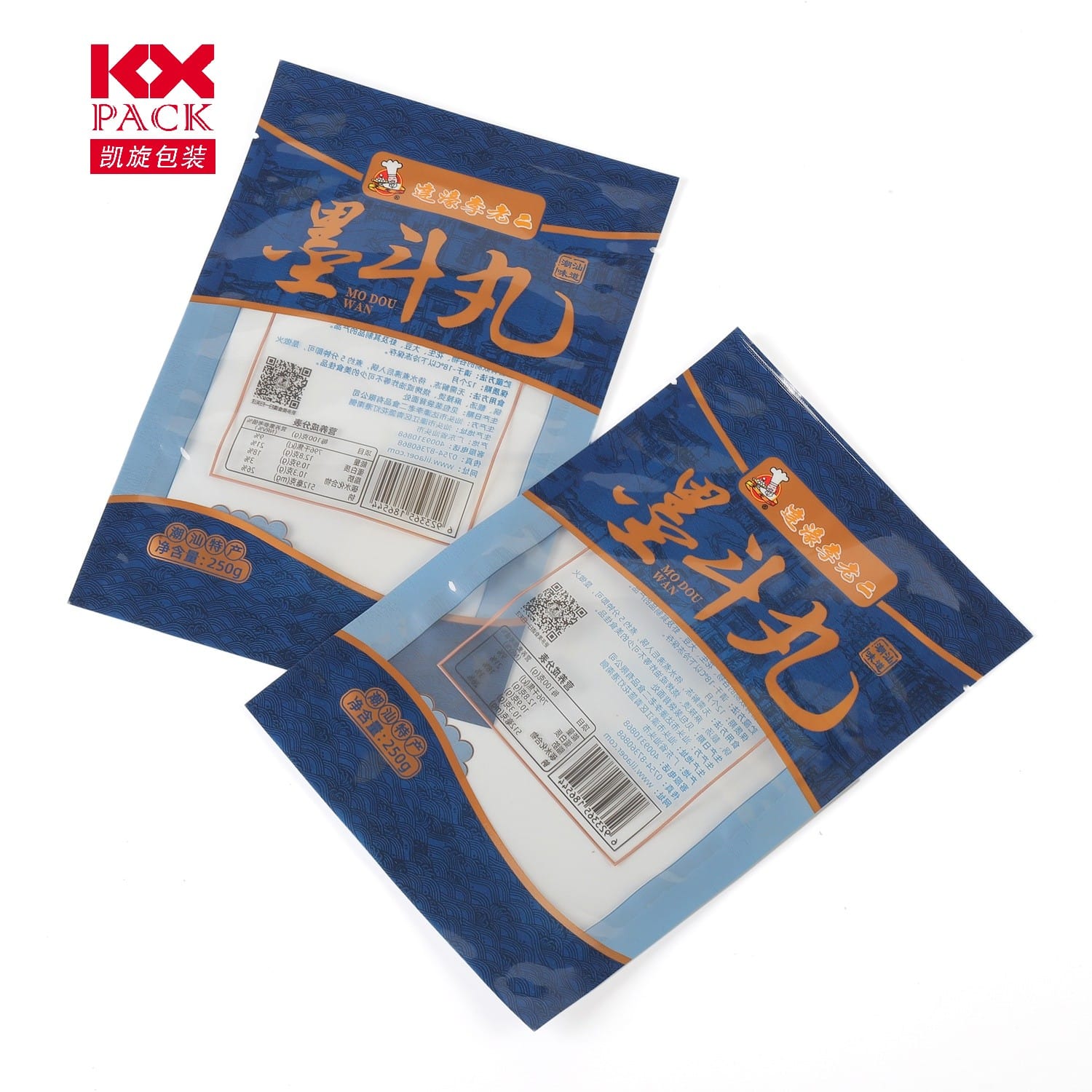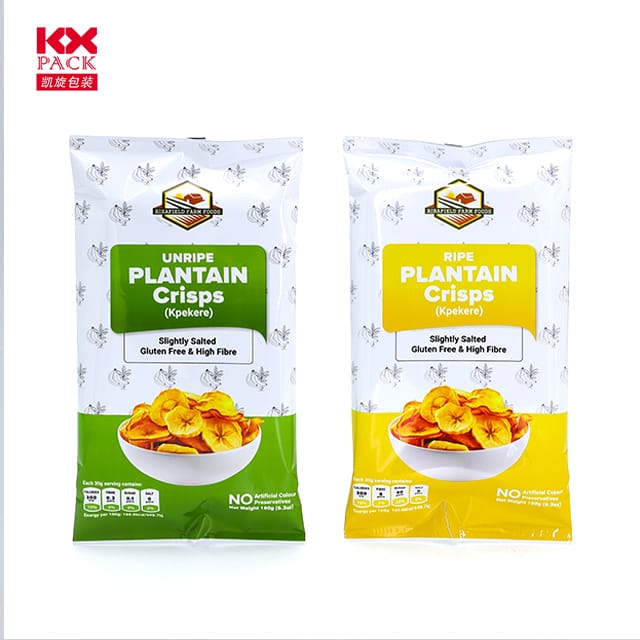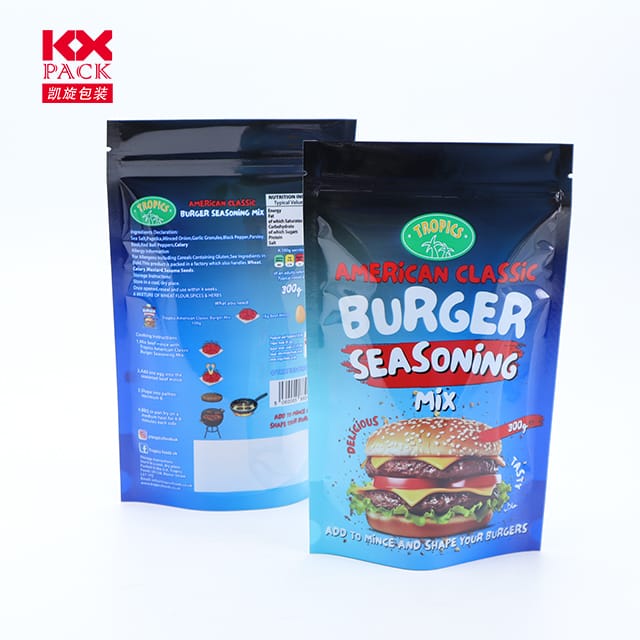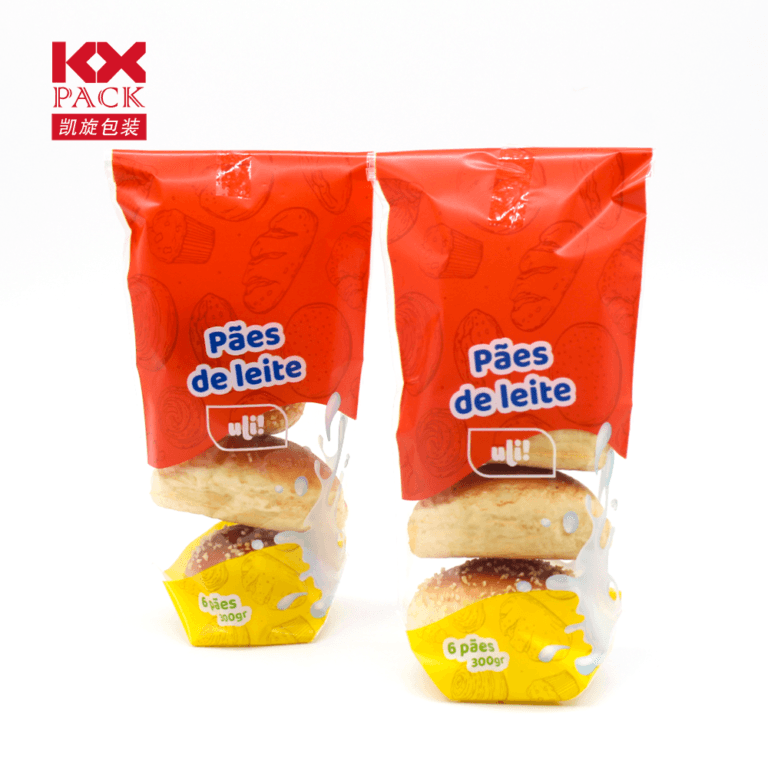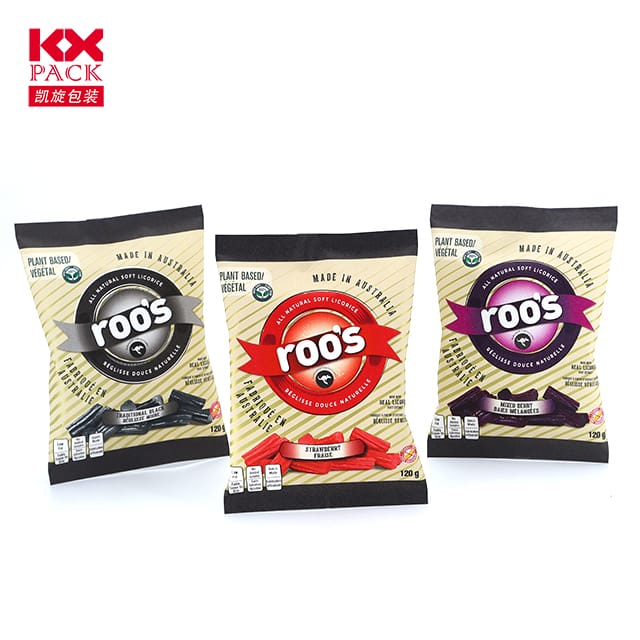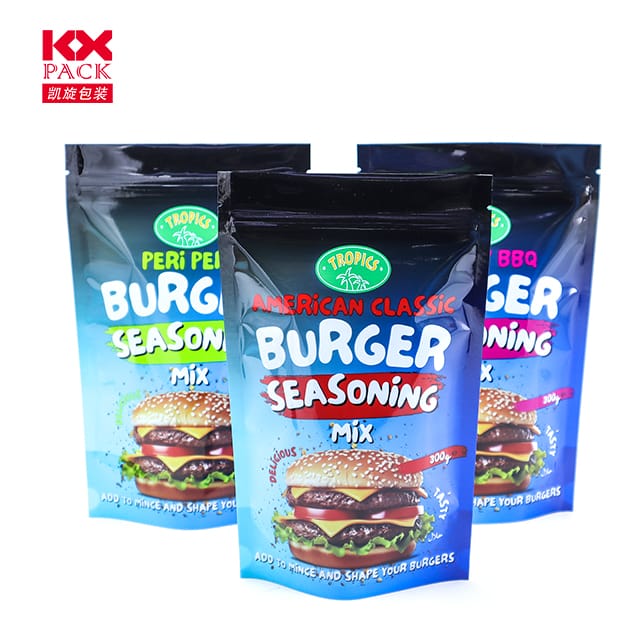Plástico de vedação de filme: O herói desconhecido das embalagens modernas e muito mais
Plástico de vedação de filme
In a world where packaging efficiency, segurança do produto, e sustentabilidade são fundamentais, Plástico de vedação de filme has emerged as a critical material across industries. Desde proteger o frescor dos alimentos até permitir aplicações laboratoriais de alta tecnologia, este material versátil está remodelando a forma como protegemos, transporte, e armazenar mercadorias. Vamos explorar suas inovações, Aplicações, and why it’s becoming indispensable in today’s fast-paced markets.
1. What Makes Sealing Film Plastic So Versatile?
Plástico de vedação de filme refers to a broad category of thermoplastic materials designed to create airtight, durable seals when heated or applied under pressure. Its adaptability stems from key properties:
- Heat Sealability: Films like Low-Density Polyethylene (PEBD) and Cast Polypropylene (CPP) melt upon heating, forming strong bonds without adhesives.
- Barrier Protection: Multi-layered films (Por exemplo, BOPP/LDPE composites) block moisture, oxigênio, e contaminantes, prolongando a vida útil.
- Transparência & Clarity: High-clarity films (Por exemplo, Bopp) allow product visibility, crucial for retail and food packaging.
- Mechanical Strength: Reinforced stretch films used in pallet wrapping withstand transportation stresses, reducing damage rates by up to 40%.
2. Principais aplicações entre as indústrias
A. Embalagem de alimentos: Freshness at Your Fingertips
- Snack Foods: Transparent heat-sealable windows in bags for dried fruits, granola bars, and chips rely on LDPE or CPP films for moisture resistance and tamper-proof seals.
- Ovenable Films: Pre-made frozen meals use specialized films that withstand microwave or oven temperatures (up to 220°C), eliminating the need for secondary containers.
- Lidding Films: Yogurt, sopas, and meats are sealed with films that create hermetic barriers, preventing spoilage and leaks.
B. Logistics & Embalagem industrial: Strength Meets Efficiency
- Pallet Wrapping: Stretch films with reinforced layers secure goods during transit, reducing packaging waste by 30% compared to traditional methods.
- Cold Seal Films: Used in pharmaceuticals and electronics, these films activate at room temperature, preserving sensitive products without heat damage.
C. Laboratory & Healthcare: Precision and Safety
- Microplate Sealing: Optically clear films enable real-time sample visualization in ELISA, PCR, and fluorescence assays, while foil-based variants offer solvent resistance for hazardous materials.
- Breathable Films: Cell culture and seed storage benefit from porous seals that regulate gas exchange while maintaining sterility.
D. Consumer Convenience: From Bubble Tea to Everyday Life
- Automatic Cup Sealing: Bubble tea shops use heat-sealable films to create leak-proof lids, cutting storage space by 50% versus traditional plastic caps.
3. Market Growth & Sustainability Trends
O global Plástico de vedação de filme market is projected to grow at a 5.25% Cagr através 2034, dirigido por:
- Asia-Pacific Demand: Rising food and pharmaceutical sectors in China, Índia, and Southeast Asia are fueling adoption.
- Eco-Friendly Innovations: Manufacturers are developing biodegradable films (Por exemplo, PLA blends) and recyclable multi-layer structures to meet circular economy goals.
- Cold Seal Technology: Expected to reach $7.2 bilhão por 2035, this method reduces energy consumption by eliminating high-heat processes.
4. Challenges & Future Directions
While sealing films offer immense benefits, Os desafios persistem:
- Recycling Complexity: Multi-layer films are hard to separate, prompting research into mono-material designs.
- Temperature Sensitivity: Some films degrade under extreme cold or heat, limiting use in frozen foods or autoclaving.
No entanto, advancements likeultrasonic sealing (using high-frequency vibrations instead of heat) eblock copolymer blends (enhancing flexibility at low temperatures) are paving the way for smarter solutions.
Conclusão: A Material That Seals the Deal
Sealing Film Plastic is more than just packaging—it’s a catalyst for efficiency, segurança, e sustentabilidade. Whether protecting a snack bar, securing a pallet of goods, or enabling groundbreaking medical research, its adaptability and performance make it indispensable. As industries evolve, expect to see even more innovative applications, from smart packaging that monitors freshness to fully compostable films that leave no trace.
In a world that demands both protection and planet-friendly practices, Sealing Film Plastic is proving to be the perfect seal.
What’s your favorite use of sealing films? Share your thoughts in the comments below! 🌍📦

